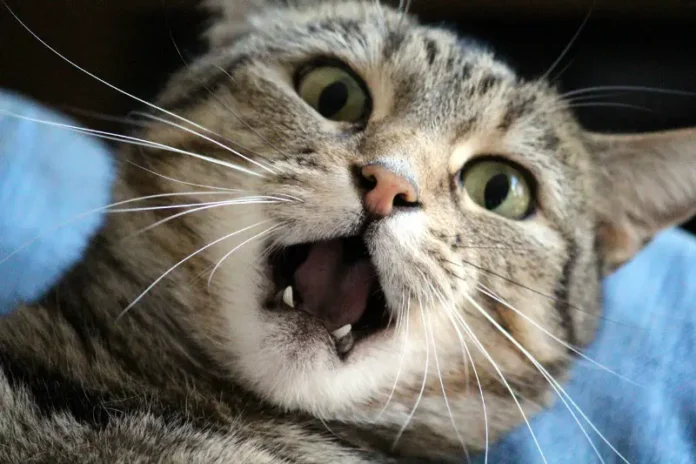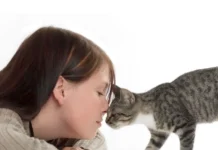Recognizing and Addressing Stress in Your Cat
As a pet owner, it’s vital to understand your cat’s emotional health. Stress in cats can arise from various factors, including health issues, conflicts with new pets, or dietary changes. Identifying the signs of stress is crucial for ensuring your feline companion feels safe and comfortable. In this article, we will explore the behavioral signs of stress in cats and provide helpful solutions to create a more peaceful environment.
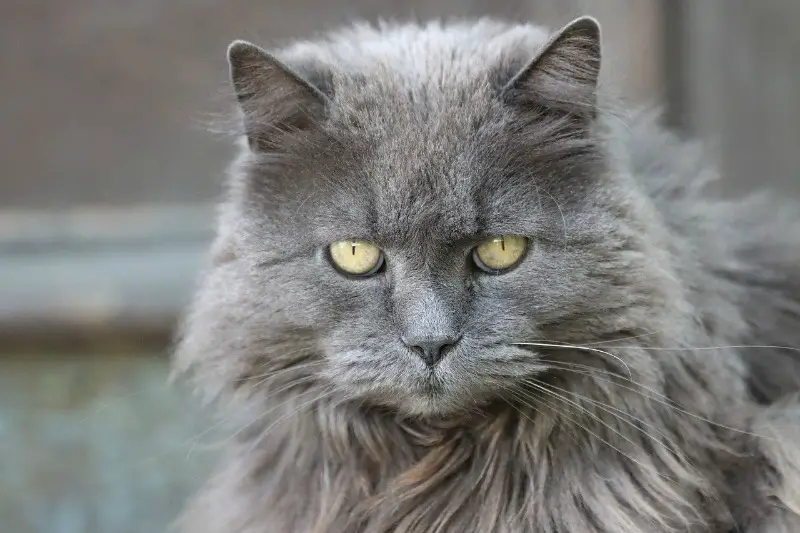
How to Identify Stress in Your Cat
Similar to humans, cats exhibit behavioral indicators when they are stressed. While not every change in behavior implies stress, several signs combined may suggest that your cat is not feeling like their usual self:

1. Changes in Appetite
If your cat suddenly stops eating, it’s essential to investigate. According to veterinary experts, a refusal to eat can indicate stress or health issues. Cats typically don’t skip meals without cause.
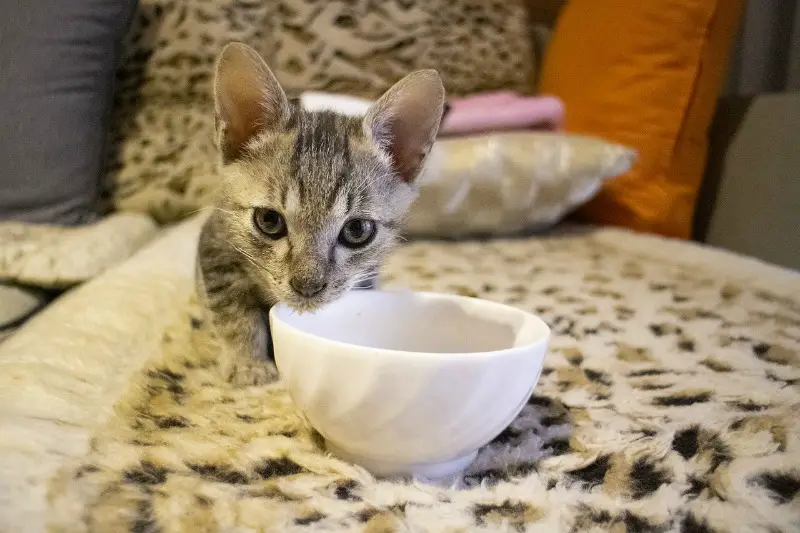
2. Litter Box Issues
Inappropriate elimination, such as urinating outside the litter box, can signify stress or health complications. If your cat is typically reliable with litter box use but suddenly refuses, it’s crucial to address potential underlying issues. Experts suggest that inappropriate litter box behavior warrants immediate attention.
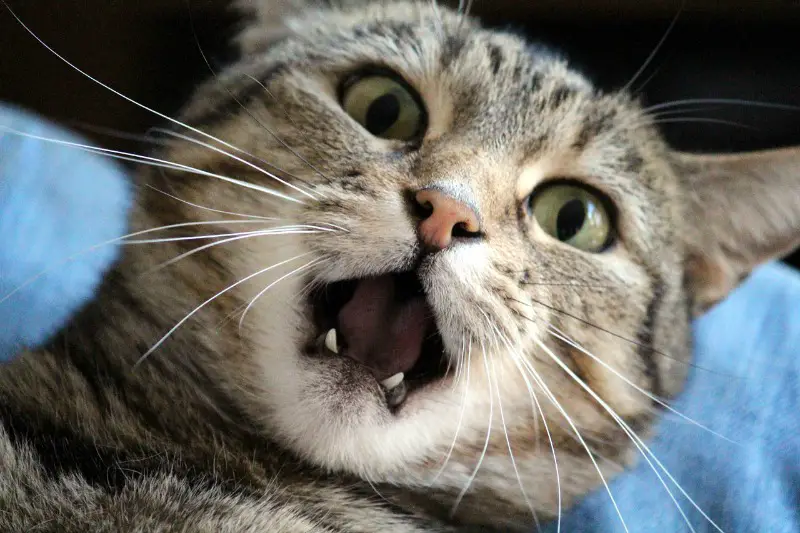
3. Social Withdrawal
While cats are often solitary by nature, a significant change in their social behavior—such as hiding or avoiding interaction—can suggest stress. If your cat typically enjoys companionship but begins to isolate, it may indicate an issue that needs addressing.
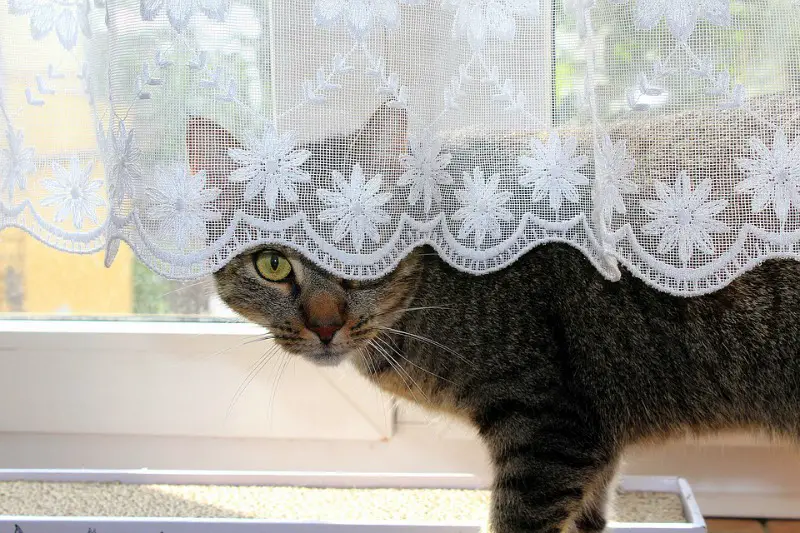
4. Excessive Grooming
While grooming is a normal cat behavior, excessive grooming that leads to bald patches can be a sign of stress. If your cat appears to be grooming obsessively, it could be a coping mechanism for stress-related issues.
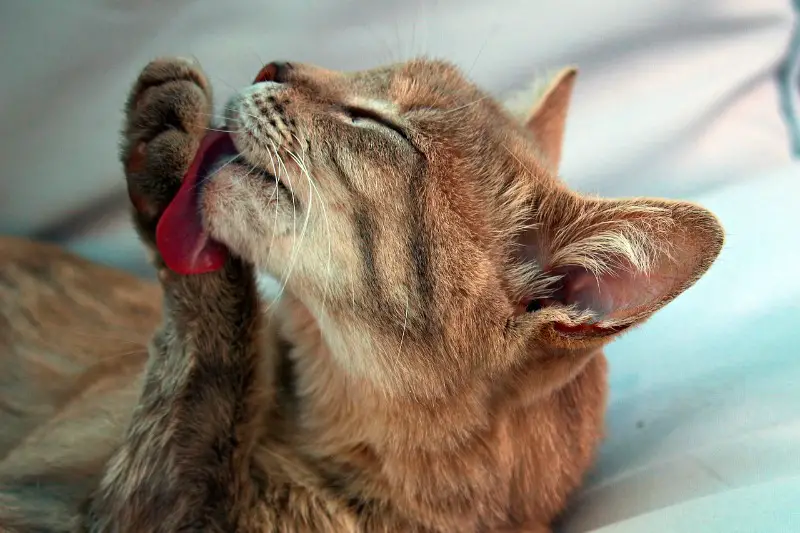
5. Aggression
If your usually mild-mannered cat begins displaying aggressive behaviors towards humans or other pets, it is a significant warning sign of stress. Aggression is often a defensive reaction to feelings of insecurity or fear.
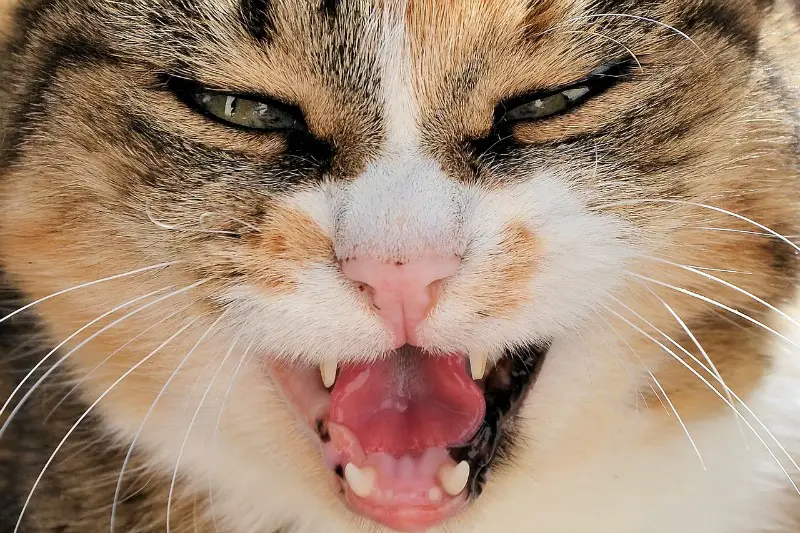
6. Scratching Furniture and Belongings
Increased scratching behavior can signal stress, especially if it is a shift from usual habits. Stressed cats may scratch more to relieve pent-up anxiety and express discomfort.
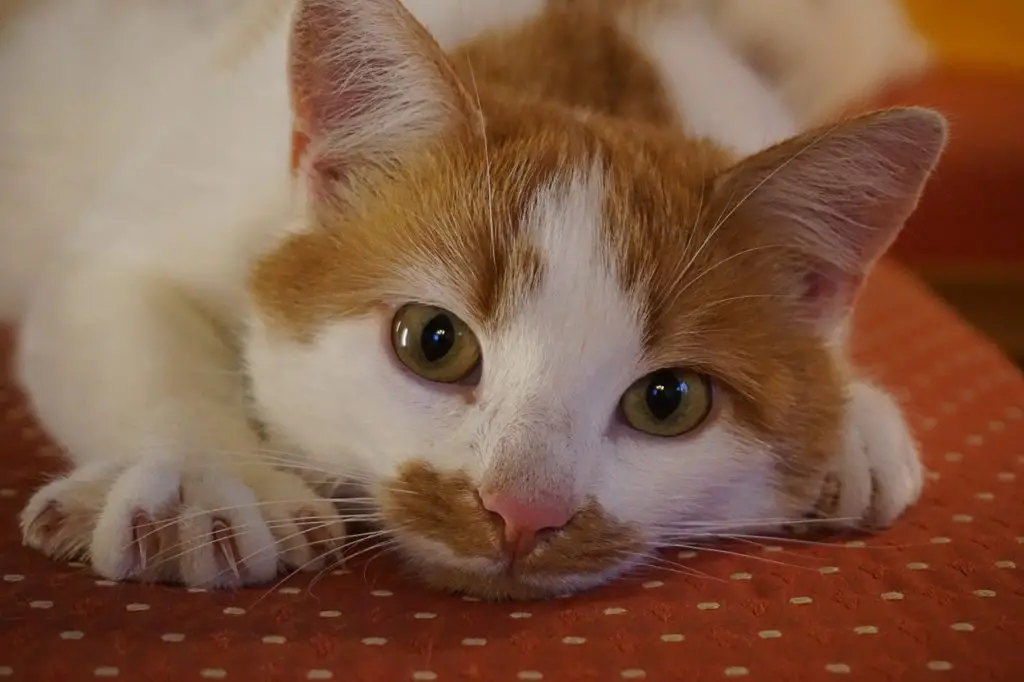
How to Support Your Stressed Cat
Upon identifying the symptoms of stress, the next step is to address the underlying causes and help your cat feel more secure.
1. Identify Triggers
Understanding what is causing stress is crucial for providing relief. Common triggers include new people or pets in the home, changes in routine, or health issues. Once you identify these stressors, you can take steps to alleviate them.

2. Engage in Playtime
Regular playtime can help reduce stress in cats by providing mental and physical stimulation. Activities such as chasing strings or outdoor walks can improve your cat’s mood significantly.
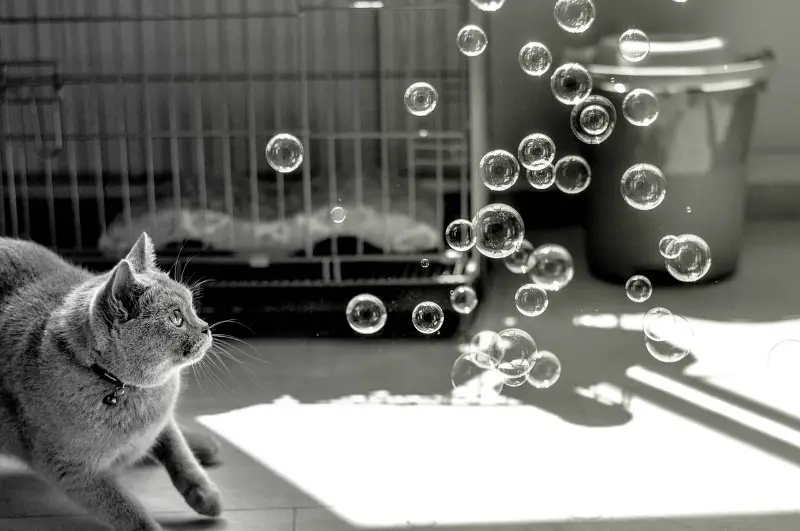
3. Create a Safe Environment
Making your home a sanctuary is essential for a relaxed cat. Providing a cozy retreat, such as a cat cave or dedicated safe space, can help your cat cope with stressors. Consider products designed for felines that cater to their instinct to hide and feel secure.

Final Thoughts
Just like us, cats experience stress and require support in managing it. By recognizing the signs and implementing strategies to create a calm environment, you can enhance your cat’s overall well-being and happiness. If you are unsure about your cat’s behavior, consider consulting with a veterinarian for a professional evaluation.
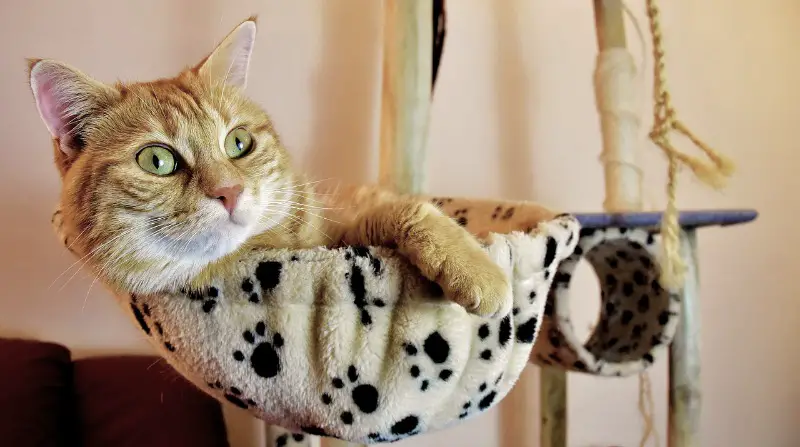
Author Bio
This article was contributed by Lauretta Williams, a passionate blogger who enjoys spending time with her pets and sharing insights on animal care.


